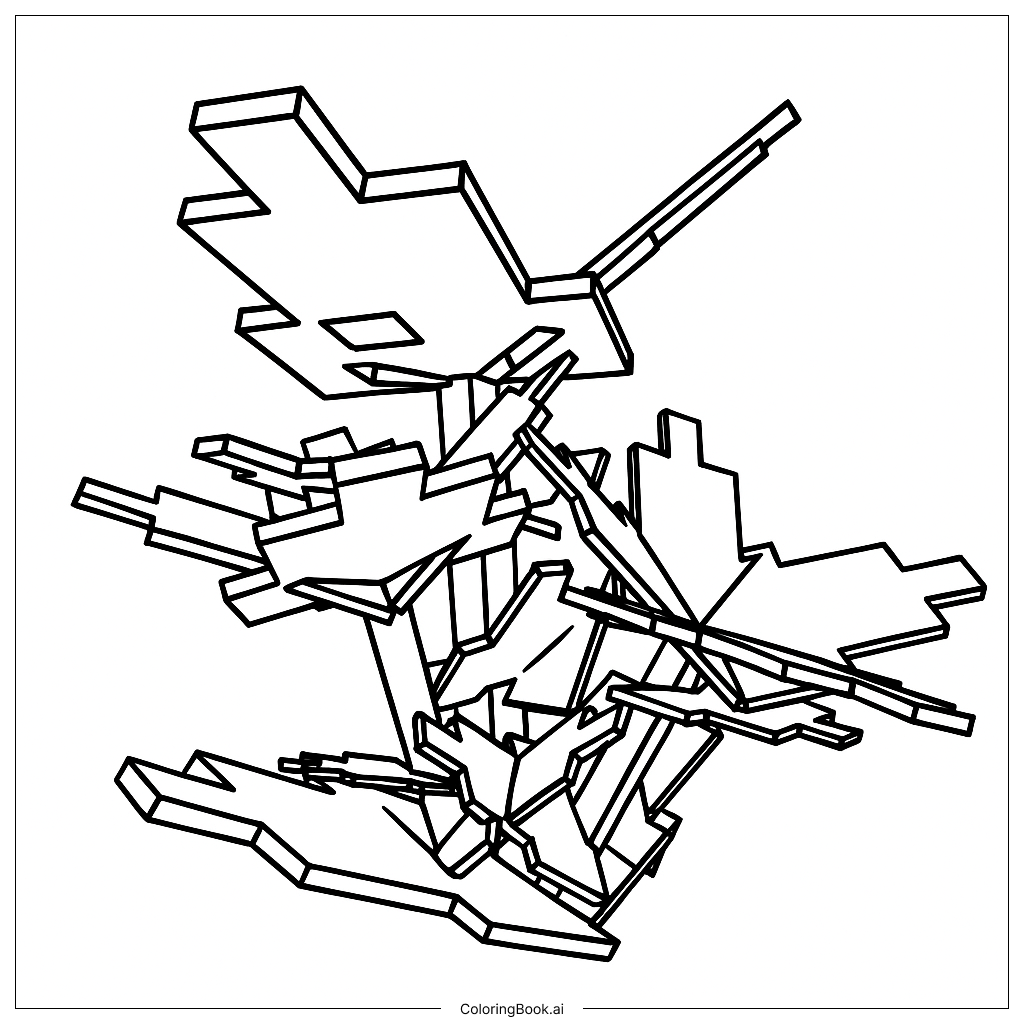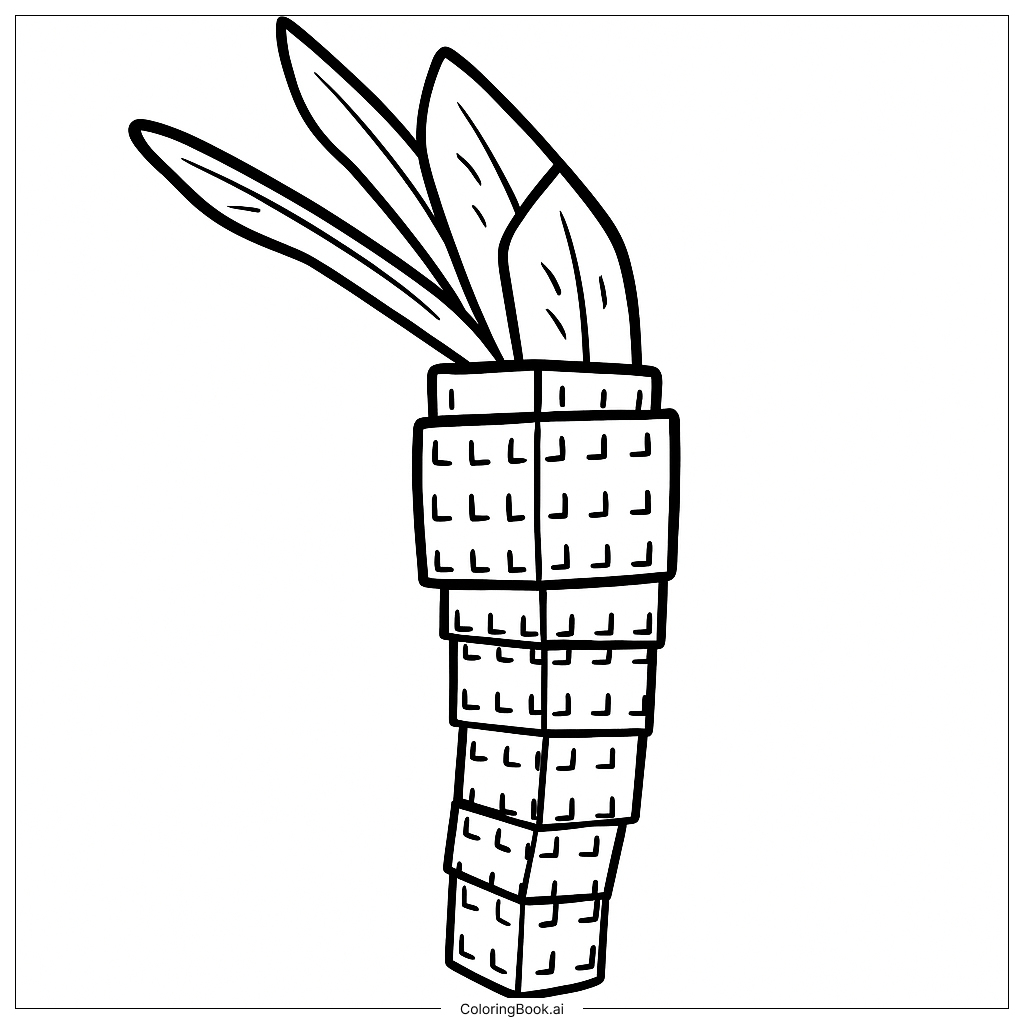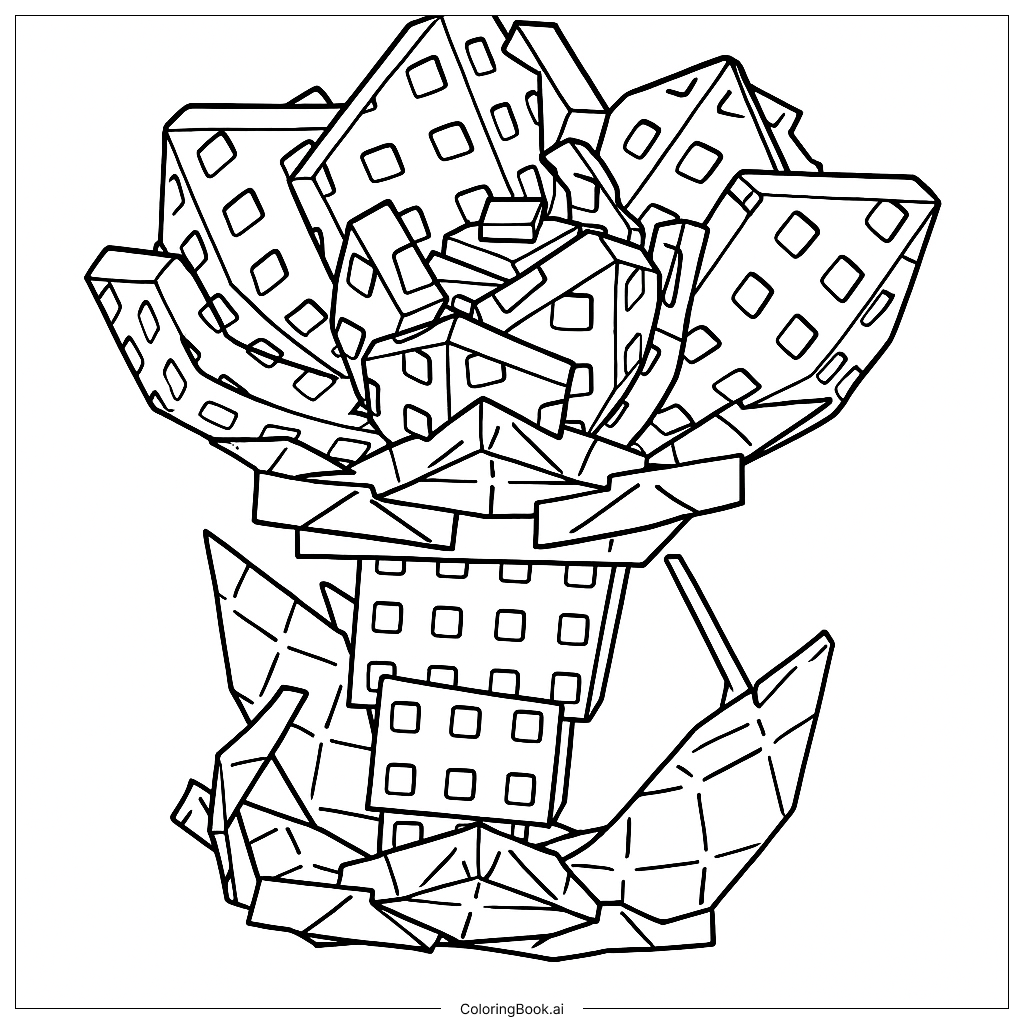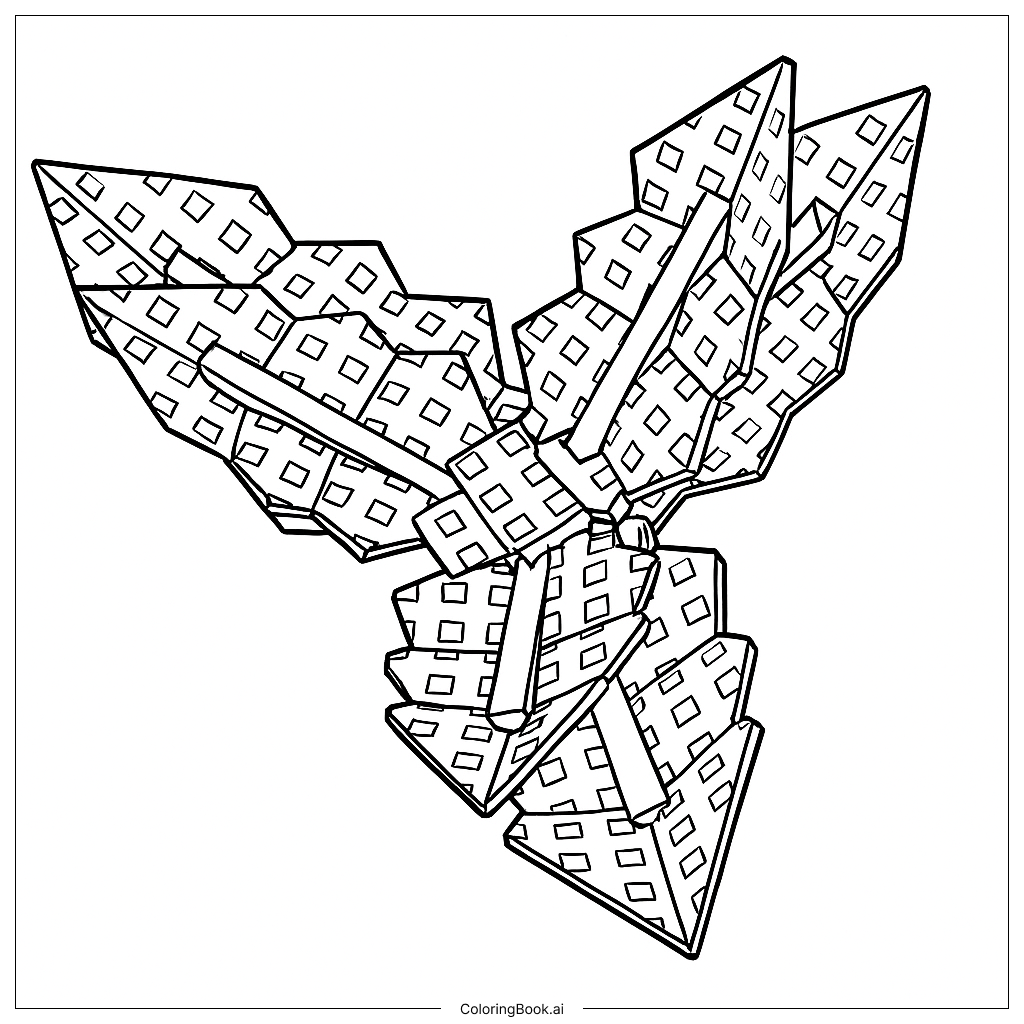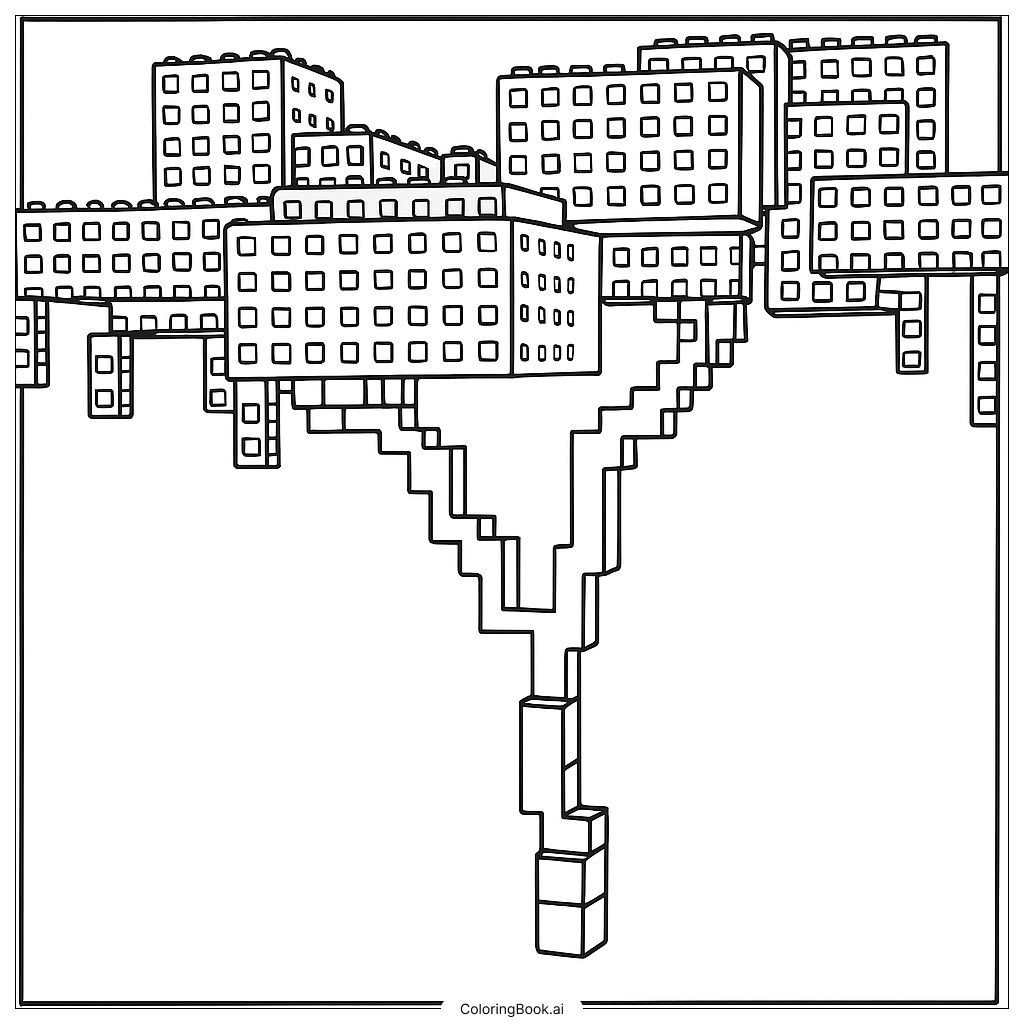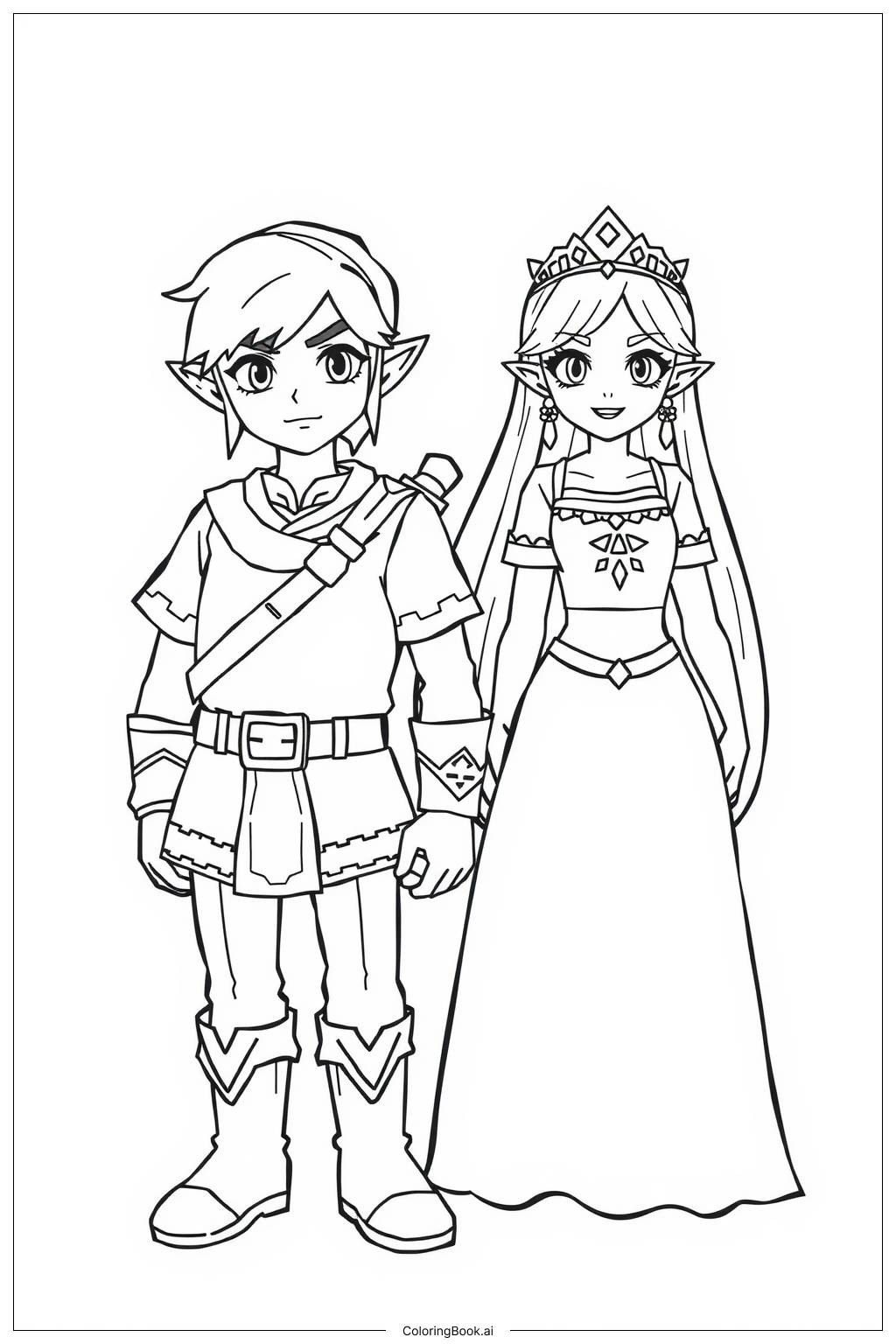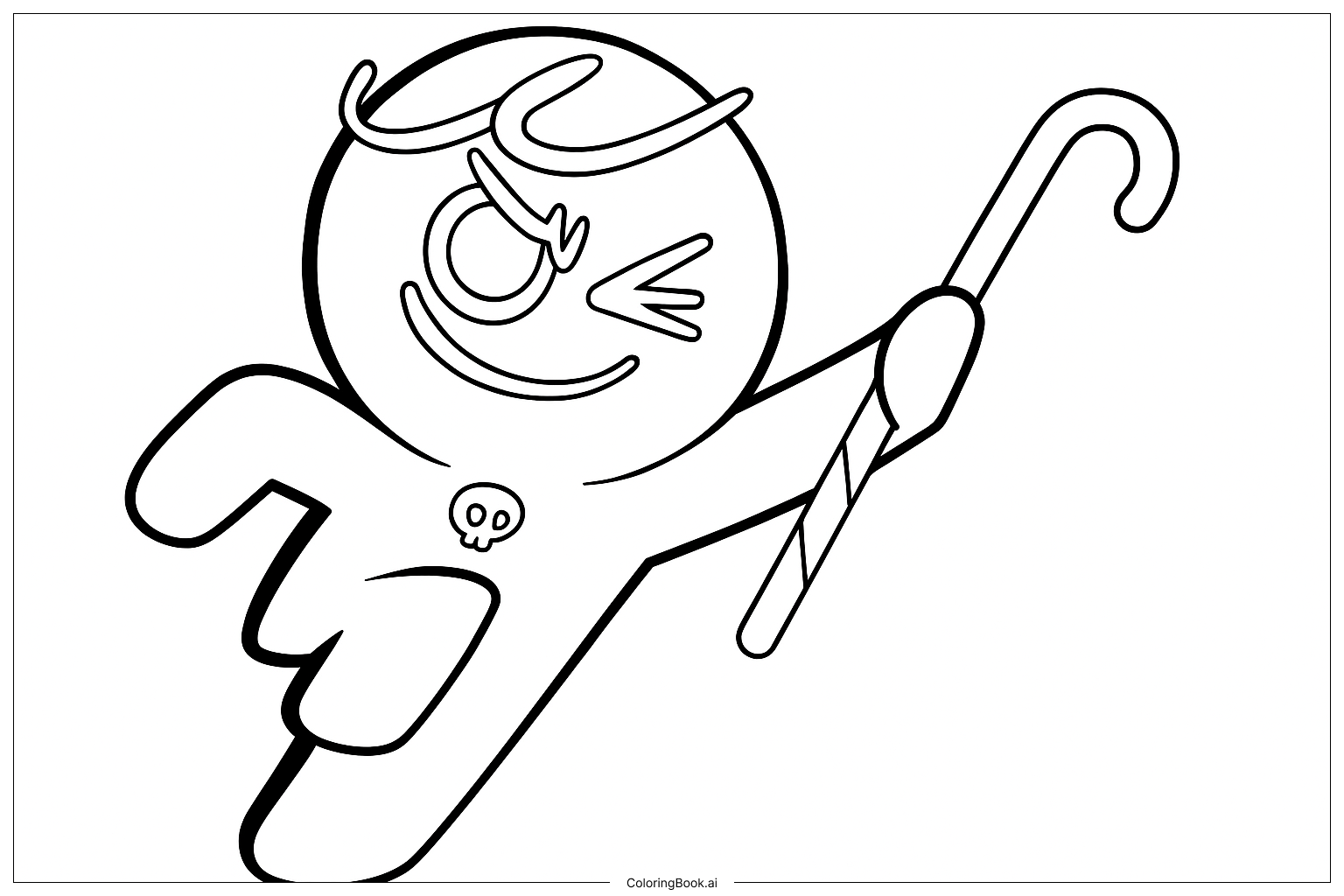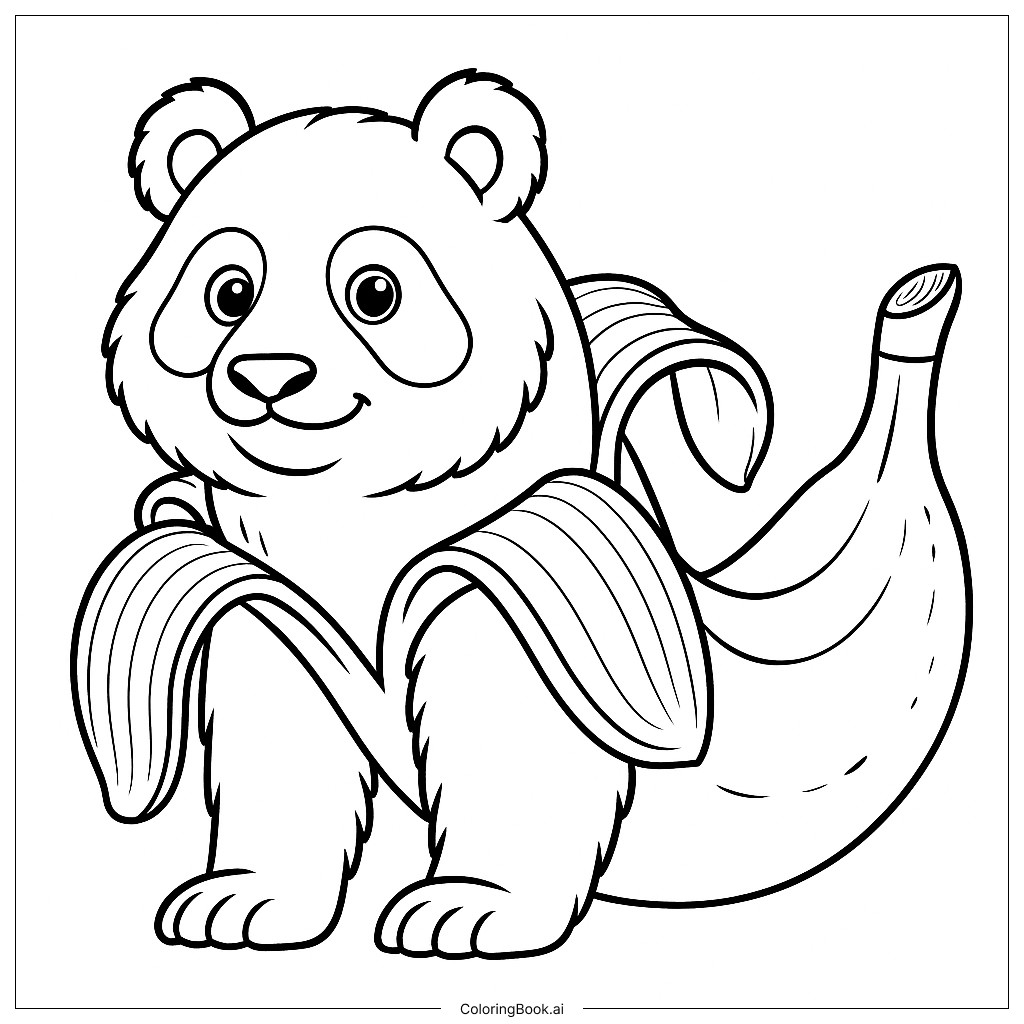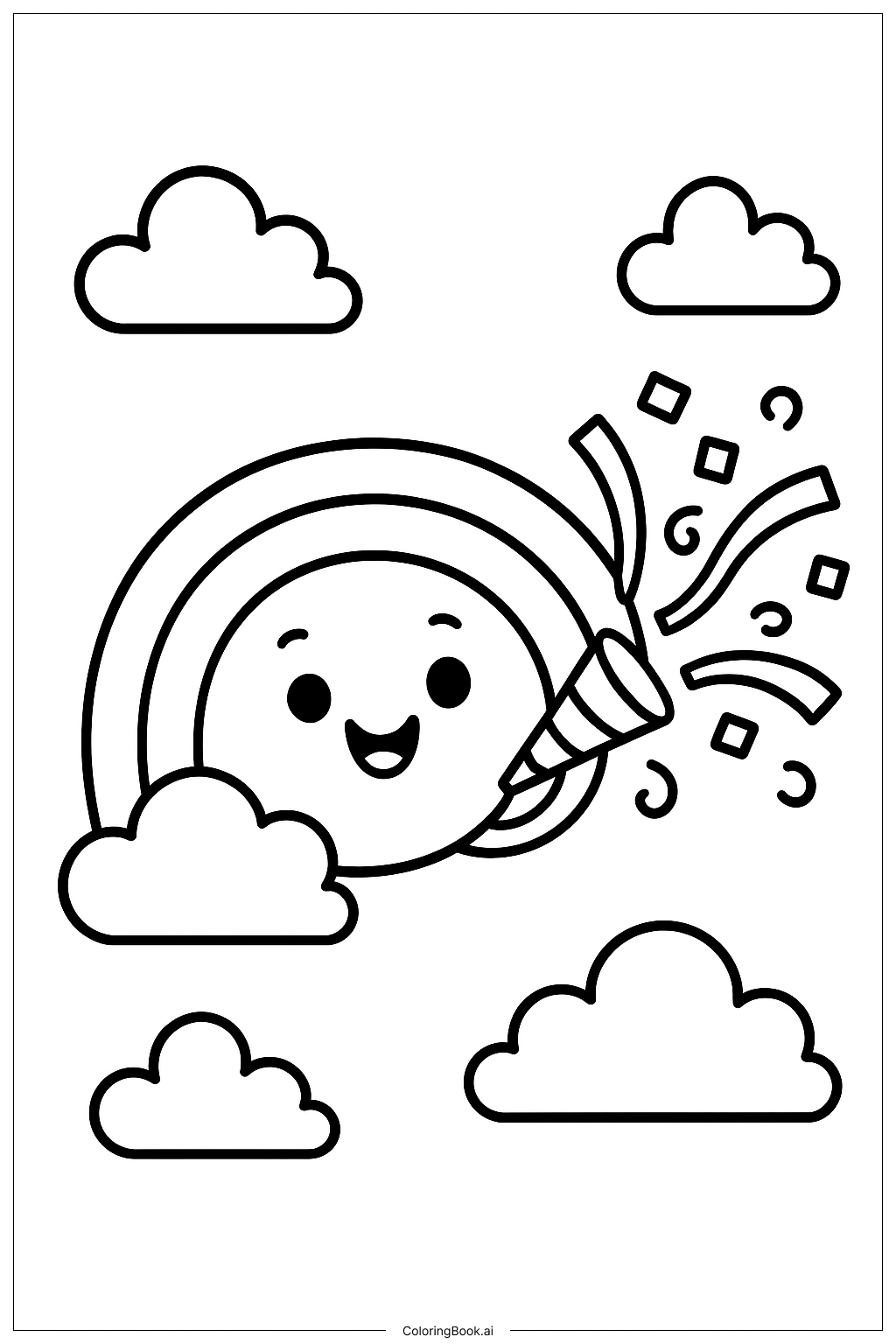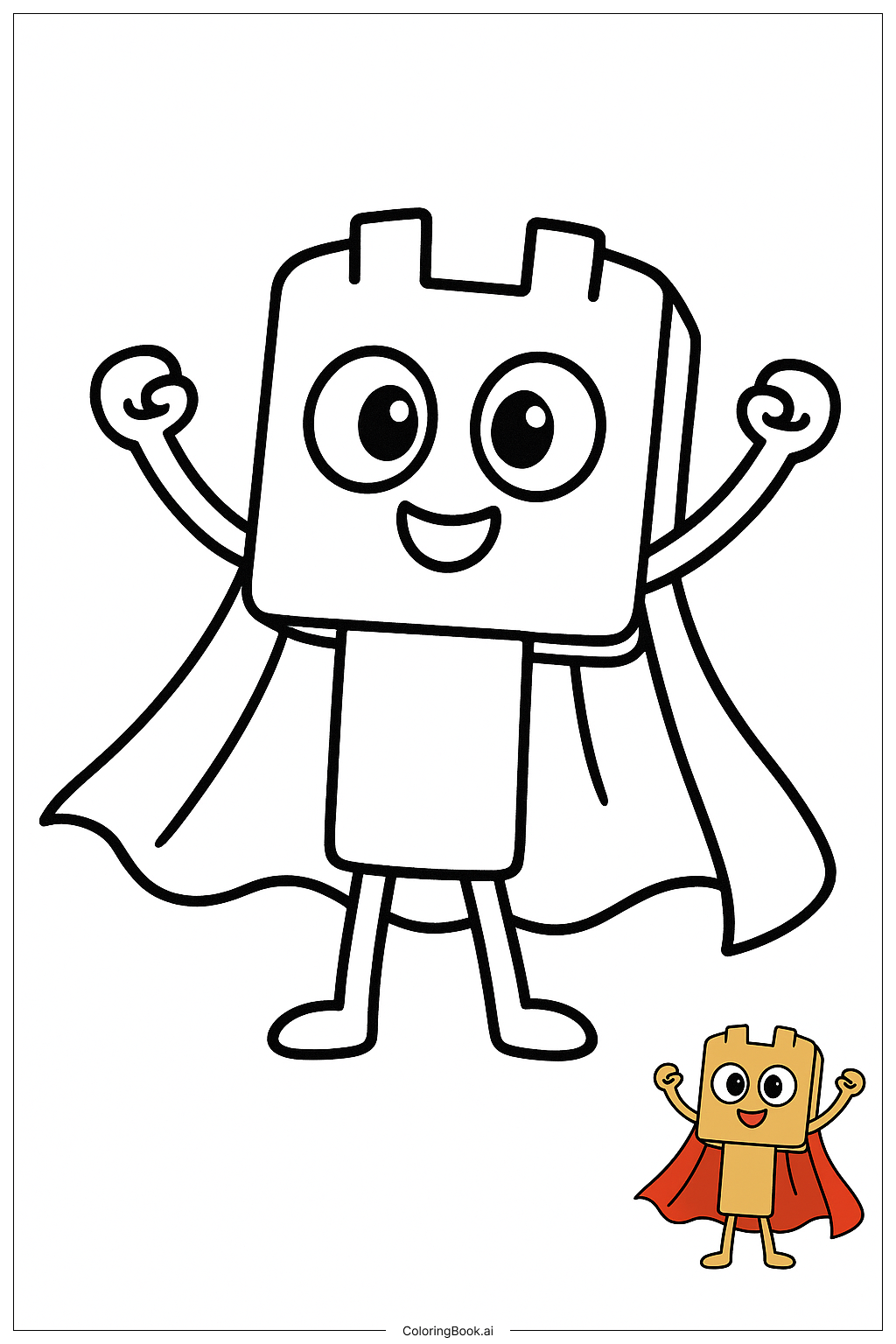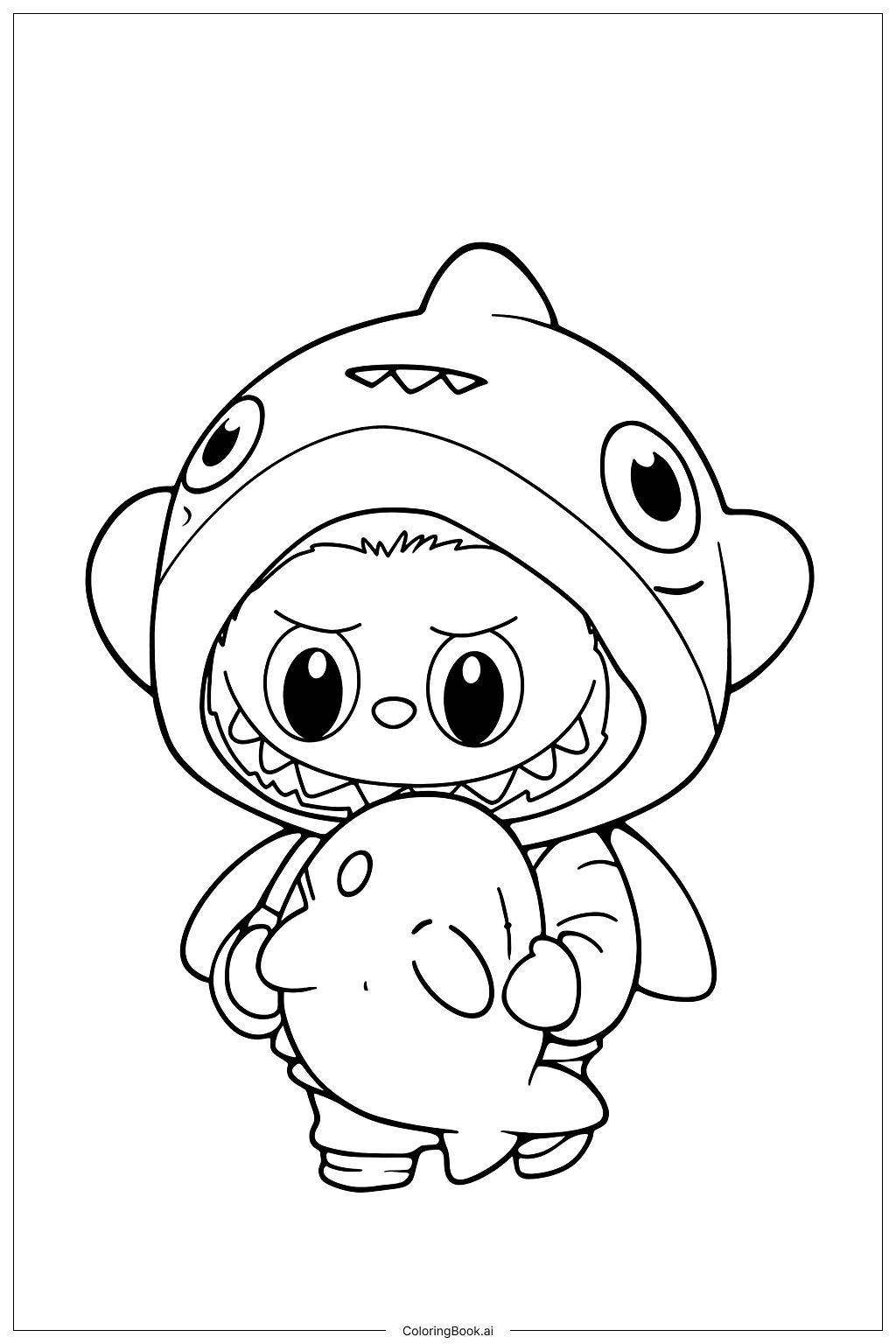Coloring tips: How to color Rhubarb coloring page well?
Use different shades of green for the leaves to show the natural variations, like dark green for the shadows and lighter green for the highlights. The stalks are usually red or pink, so try coloring them in reds, pinks, or even light purples. You can blend colors gently to show depth. Feel free to add some yellow or white highlights for a fresh look. Don’t forget to color the background with soft earth tones or sky blue to make the plant stand out.
Coloring challenges: Which parts are difficult to color and need attention for Rhubarb coloring page?
1. The many overlapping leaves and stalks might be confusing to separate and color neatly.
2. The sharp edges and angles need careful coloring to stay inside the lines.
3. Some parts are very small and might be hard to color without going over the lines.
4. Choosing colors that look natural while still creative may be challenging.
5. Blending colors to show depth on flat shapes could be tricky for beginners.
Benefits of coloring books: Advantages of drawing Rhubarb coloring page
Coloring this rhubarb image helps improve fine motor skills by practicing careful coloring inside the lines. It encourages creativity by letting you choose different colors and shades. You also learn about plants and how rhubarb looks. Working on this detailed picture can increase focus and patience, making coloring a fun and calming activity.
